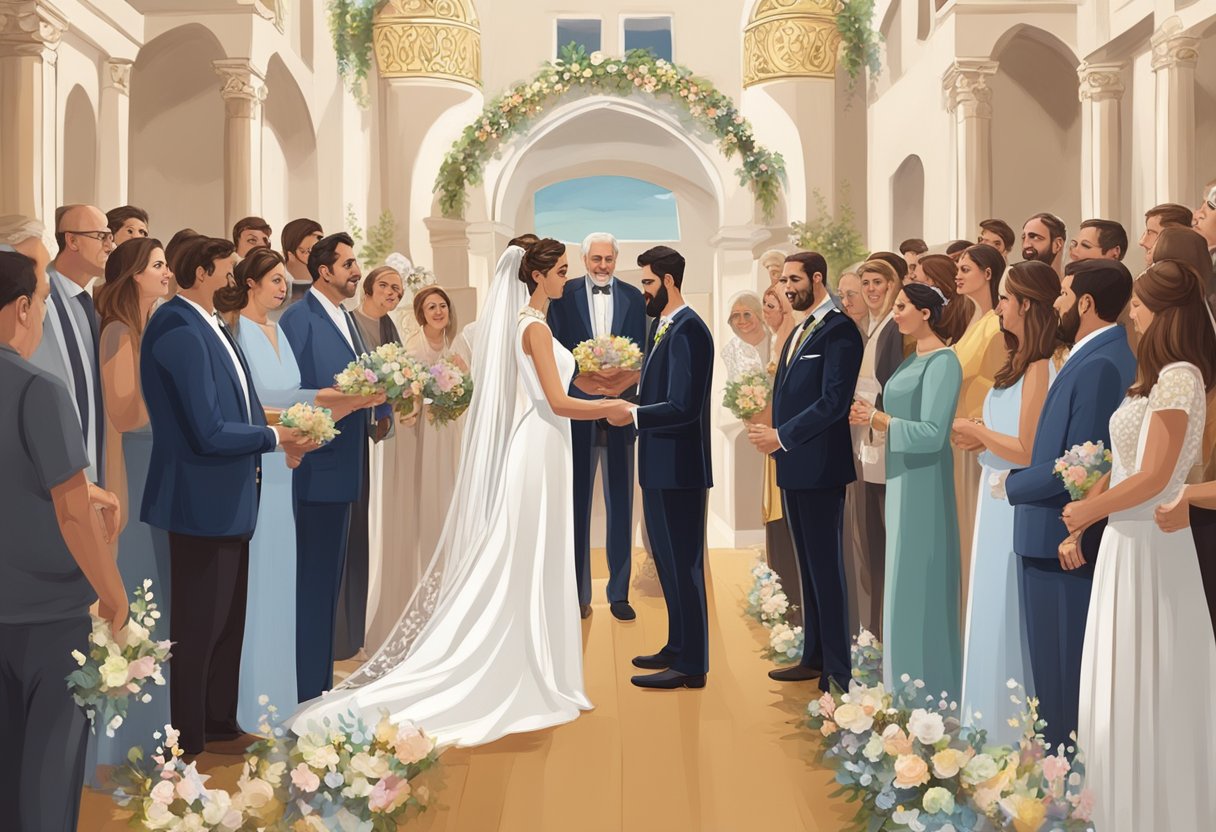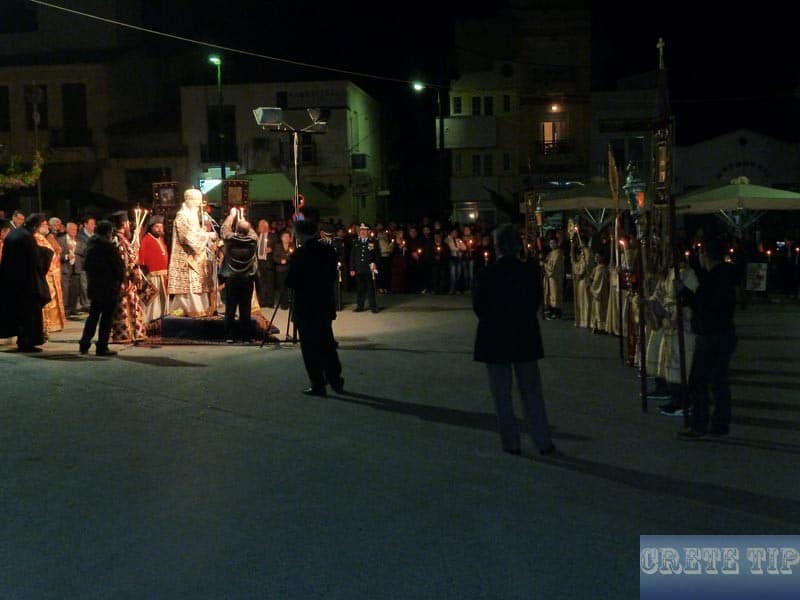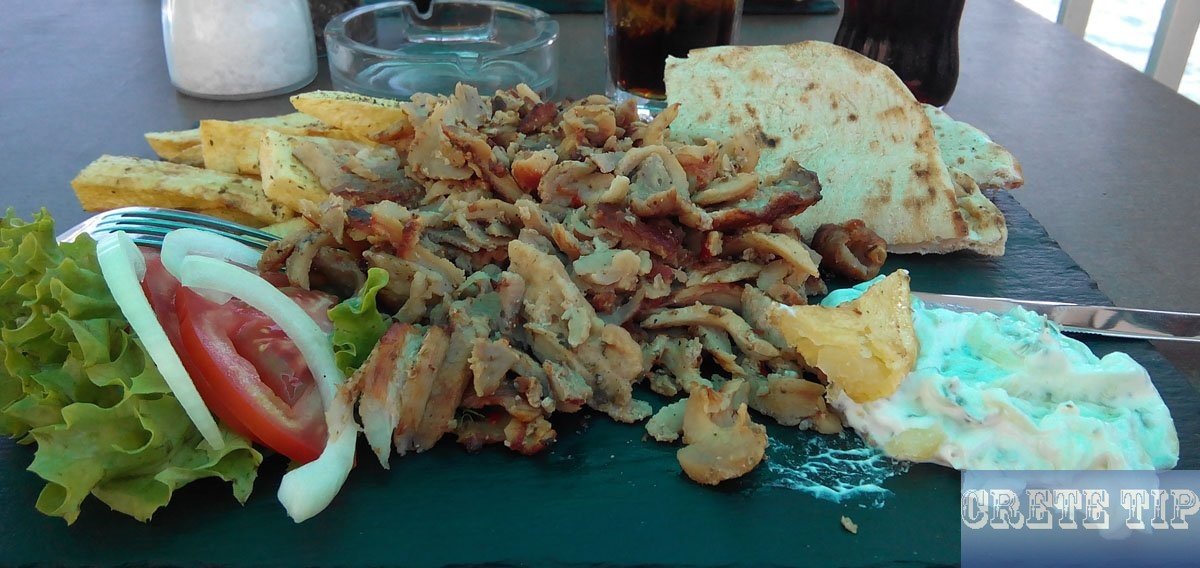Greek Wedding Traditions: A Guide to Nuptial Customs in Greece and on Crete.
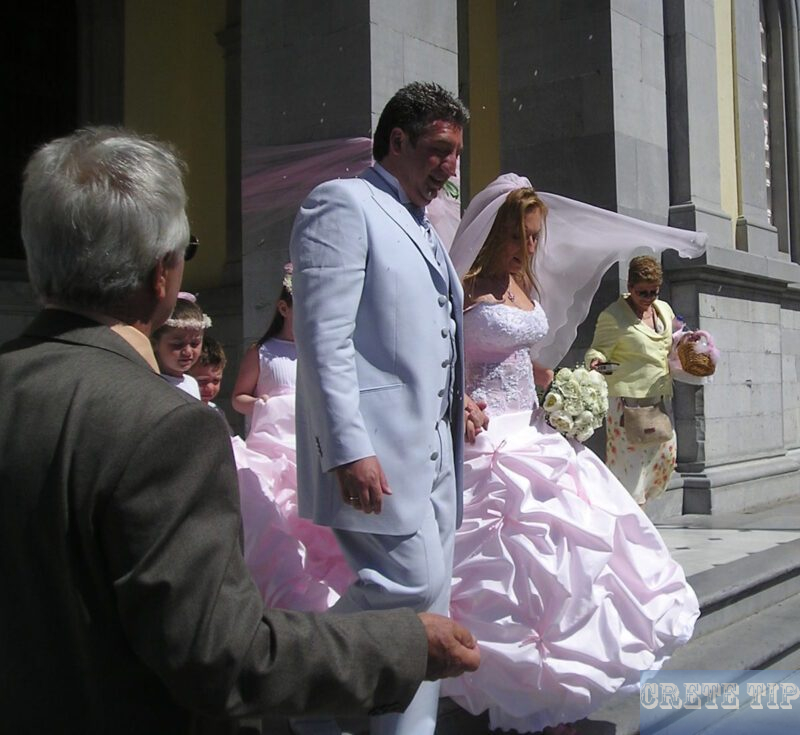
Greek wedding traditions on Crete
Table of Contents
Greek wedding traditions are a beautiful tapestry of culture and heritage that have been passed down through generations. As you explore these customs, you’ll discover a world where every detail is laden with symbolic meaning, deeply rooted in both Greek culture and the Orthodox Christian faith.
The experience is rich and multifaceted, embracing rituals that symbolise love, respect, and the joining of two lives. From the ceremonial crowns, known as ‘stefana’, to the traditional Dance of Isaiah, these traditions merge the sacred with the celebratory, offering a unique glimpse into the soul of Greek matrimony.
As you delve into the customs of a Greek wedding, you’ll find that many of these practices have ancient origins, blending timeless rituals with modern celebrations. The ‘koumbaro’ or ‘koumbara’, for example, plays an integral role similar to that of the best man or maid of honour, yet with religious responsibilities in the ceremony. The exchange of rings and the common cup are imbued with meaning, signifying the shared life of the couple, while the ceremonial walk around the altar cements their union. Even the seemingly simple gesture of throwing rice has its place, representing fertility and prosperity for the newlyweds.

Understanding Greek wedding traditions offers a window into the values that underpin Greek society, such as family, honour, and hospitality. You’re welcomed not merely as a guest but as a witness to a legacy of customs that celebrate the enduring spirit of love and community. Whether you’re attending a Greek wedding or incorporate elements into your own ceremony, these traditions provide a timeless connection to the past, while heralding a hopeful future.
Pre-Wedding Rituals

In anticipation of a Greek wedding, certain customs are performed with deep-rooted significance. These rituals not only symbolise the couple’s commitment but also honour their heritage.
Engagement and Betrothal
The engagement, a formal agreement to marry, is marked by a significant exchange of rings. During betrothal, the future bride and groom are blessed by a priest, who confirms their intent to create a life together. This blessing is typically accompanied by the presence of the koumbaro or koumbara, who are the chosen witnesses and religious sponsors for the marriage.
Preparation of the Wedding Bed
The ritual of preparing the wedding bed, known as To Krevati, is a festive event. Friends and relatives gather to adorn the bed with linens, often throwing baby items onto the bed to wish fertility for the couple. A final blessing may be involved, where a child is rolled on the bed to promote fertility and prosperity. The shaving of the groom, a less common modern practice, signifies his passage into married life.

Ceremony Foundations
When you attend a Greek wedding, you’re witnessing a deep-rooted blend of religious significance and symbolic rituals that form the bedrock of the ceremony.
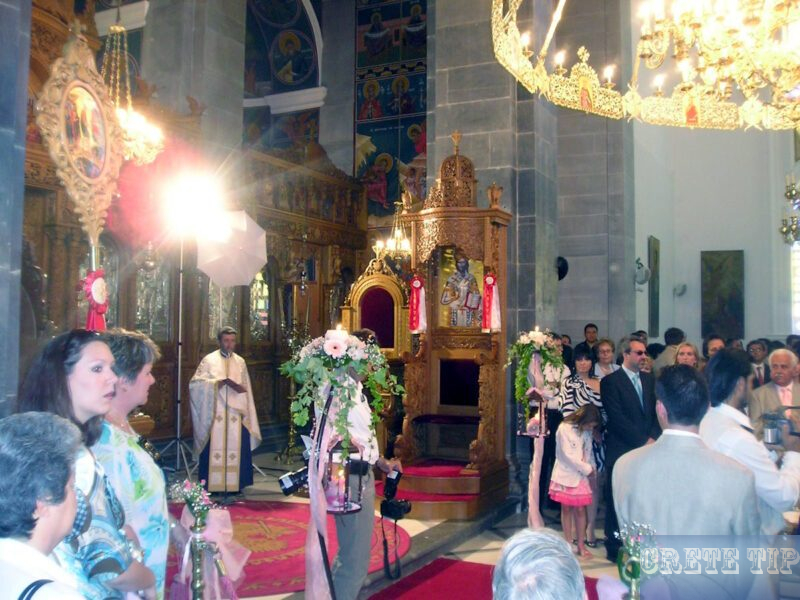
Religious Aspects
Greek Orthodox weddings are steeped in tradition, and they commence with the Service of Betrothal. Here, the priest begins the ceremony by blessing the couple’s rings and then linking them to the Holy Trinity—Father, Son, and Holy Spirit. You will notice that this segment embodies the spiritual commitment as the priest offers prayers and performs scripture readings. The presence of candles, held by the bride and groom, symbolises the light of Christ and the resilience of their union.
The religious ceremony embraces several pivotal moments, such as:
- Prayer: A significant portion where blessings are sought from the Holy Trinity and the Virgin Mary to sanctify the marriage.
- Scripture Readings: Passages from the Bible that offer advice and insight into the meaning of a harmonious marital partnership.
Video: Preparation of the groom and arrival at the church
Symbolic Customs
The Orthodox Ceremony reaches its zenith during the Religious Ceremony with the Service of the Crowning. This ritual includes the exchange of crowns, or stefana, which are interlinked by a ribbon to signify unity and the creation of a new royal family under God. The celebratory Service of the Common Cup follows, where the couple sips blessed wine from a single cup to represent a life of sharing and togetherness.
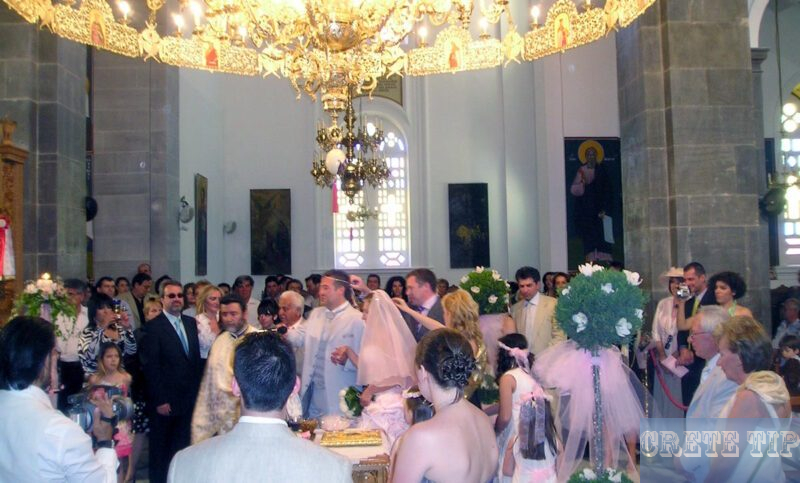
Key symbolic customs involve:
- Circling the Table: The couple walks around the altar three times to represent their first steps as a married pair, guided by the priest.
- The Common Cup: Drinking from the same cup suggests a mutual life, filled with both joyous and challenging moments.
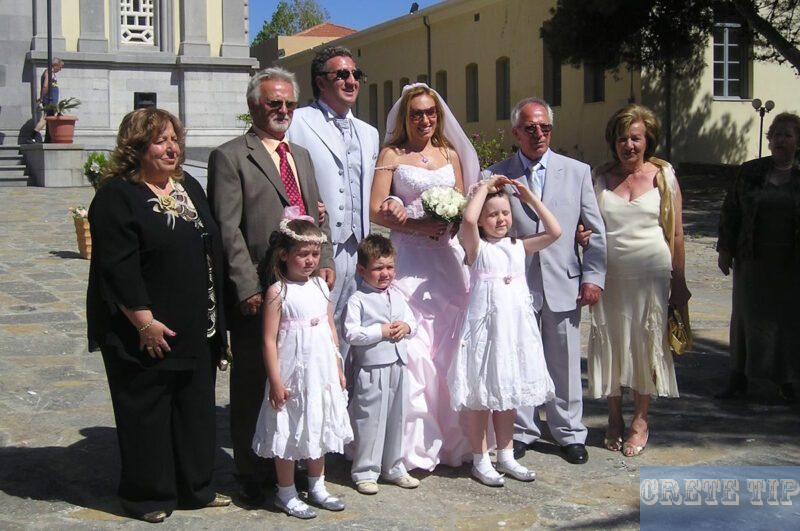
Ceremony Highlights
Your experience at a Greek wedding ceremony is uniquely rich in cultural heritage, punctuated by specific rituals that symbolise love, respect, and unity. The following highlights these quintessential segments, giving you a window into the soul of Greek matrimonial traditions.
The Procession
The wedding ceremony begins with a ceremonial walk known as The Procession. During this time, the bride, followed by her bridal party, makes a graceful entry to the church or ceremony site. Accompanied typically by traditional music, this procession symbolises the start of a transformative journey for the couple. As you observe, you’ll notice that the bride might carry a lump of sugar or a piece of iron in her glove, meant to bring sweetness and strength to the marriage.
Crowning Rituals
An integral and visually striking part of the ceremony is the Ceremony of Crowning of Stefana. The Stefana, which are linked crowns or wreaths, are placed upon the heads of the couple by the priest. This act signifies the joining of two individuals into one unified pair, and to share in the cup of life together. They partake in the Common Cup, a goblet of wine, symbolising the sharing of joys and sorrows. Following this, the Dance of Isaiah – a solemn promenade lead by the priest around the altar – reaffirms their commitment and unity.
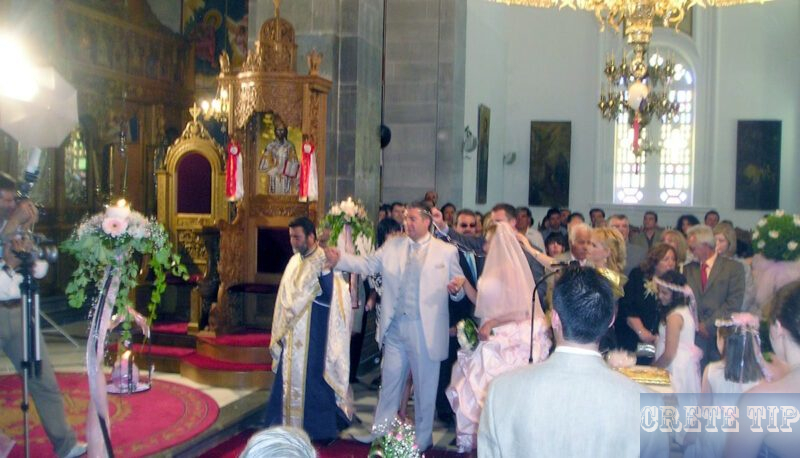
During these rituals, guests may shower the couple with rice, a gesture that implores fertility and prosperity upon the newlyweds. Accompanied by the glow of Lambades – ornate candles carried by the couple – the crowning illuminates their path towards a shared future. These elements come together to form a ceremony that is not only a testament to the couple’s bond but also a nod to time-honoured Greek customs.
Post-Ceremony Celebrations
After the ceremony, you’re invited to embrace the energy and tastes of Greece during the post-ceremony celebrations. Revel in traditional music, symbolic treats, and dances that link the present to the past.

Reception and Festivities
Upon arrival at the reception, you’ll notice the atmosphere brimming with jubilation. A central part of the festivities is the Greek dancing, where guests and the newlyweds join in dances like the Kalamatiano, a dance often reserved for the bride. This is a beautiful circle dance, where everyone holds hands, led by the bride who waves a handkerchief.
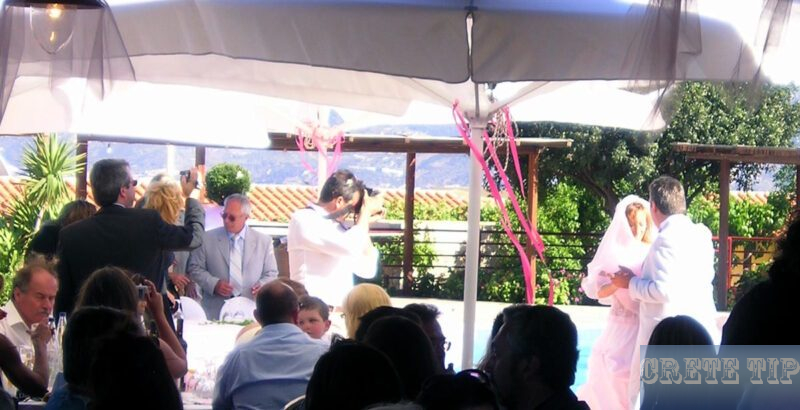
A sweet tradition at Greek weddings is the giving of Jordan Almonds, known as Koufeta. These sugar-coated almonds carry significant meaning, symbolising the bittersweet nature of marriage. Traditionally, odd numbers of koufeta are provided, which are indivisible, just like the couple’s bond.
- Koufeta: Odd numbers to symbolise unity and indivisibility.
The wedding cake is another centrepiece at Greek weddings, often multi-tiered and lavish, cut by the bride and groom with a shared knife to represent their new life together.
Guests typically leave with a parting gift, a bomboniere, which usually contains an odd number of koufeta to take home. This gift is a gesture of thanks and good fortune.
- Bomboniere: A thank you gift containing koufeta.
These traditions are your ticket to a genuine Greek wedding experience, blending timeless customs with celebratory joy.
Symbolism and Significance
In Greek wedding traditions, each artefact and ritual plays a crucial role, symbolising blessings and well-wishes for the couple’s new life together. From the exchange of sugar-coated almonds to the significance of odd numbers, these elements are steeped in tradition and meaning.
Symbolic Artifacts
- Stefana (Crowns): During the ceremony, crowns connected by a single strand of ribbon are placed on your heads, signifying your union and the glory and honour of marital responsibility.
- Koufeta (Sugar-Coated Almonds): You may receive sugar-coated almonds as a guest favour. The bitterness of the almond and the sweetness of the sugar hint at life’s ups and downs, whilst the egg shape represents fertility and new life.
Cultural References
- Odd Numbers: The rituals commonly emphasise odd numbers, which are indivisible, symbolising the couple’s indivisible bond.
- Silver Tray: Your rings may be presented on a silver tray during the betrothal, denoting wealth and purity and often also carry coins as a token of prosperity.
- Evil Eye: To ward off the evil eye, a curse believed to be cast by a malevolent glare, blue charms may be incorporated into your attire or jewellery.
- Ancient Traditions: Influences from ancient traditions are still prevalent, such as tossing coins as a symbol of ensuring the couple’s financial well-being.
Modern Interpretations
In contemporary times, Greek wedding traditions have been infused with modern sensibilities, offering a blend of ancestral customs with current tastes and societal norms.
Contemporary Adaptations
Your big day may encapsulate a sense of Greek heritage even as societal trends sway the customs. My Big Fat Greek Wedding highlighted classic elements such as a lively sense of community and the significance of family, echoing through today’s ceremonies in a relatable way. Aspects of these traditions have been maintained but adapted to suit modern preferences, allowing for personalisation and contemporary style.
Summer weddings in Greece naturally marry the country’s picturesque landscapes with its cultural richness. Instead of strictly traditional apparel, you might see a balance struck with stylish yet respectful wedding attire, combining elegance with touches of Greek motifs.
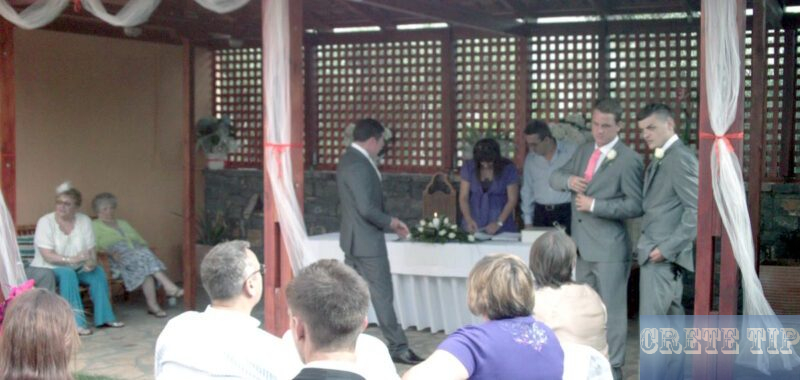
When you consider Modern Greek Weddings, you will find that many of today’s celebrations still honour the past. The ‘koufeta’, sugar-coated almonds signifying fertility and good luck, persist as wedding favours. Ceremonial customs such as crowning the couple and the traditional wedding dance endure, though now often set against the backdrop of a more cosmopolitan celebration.



